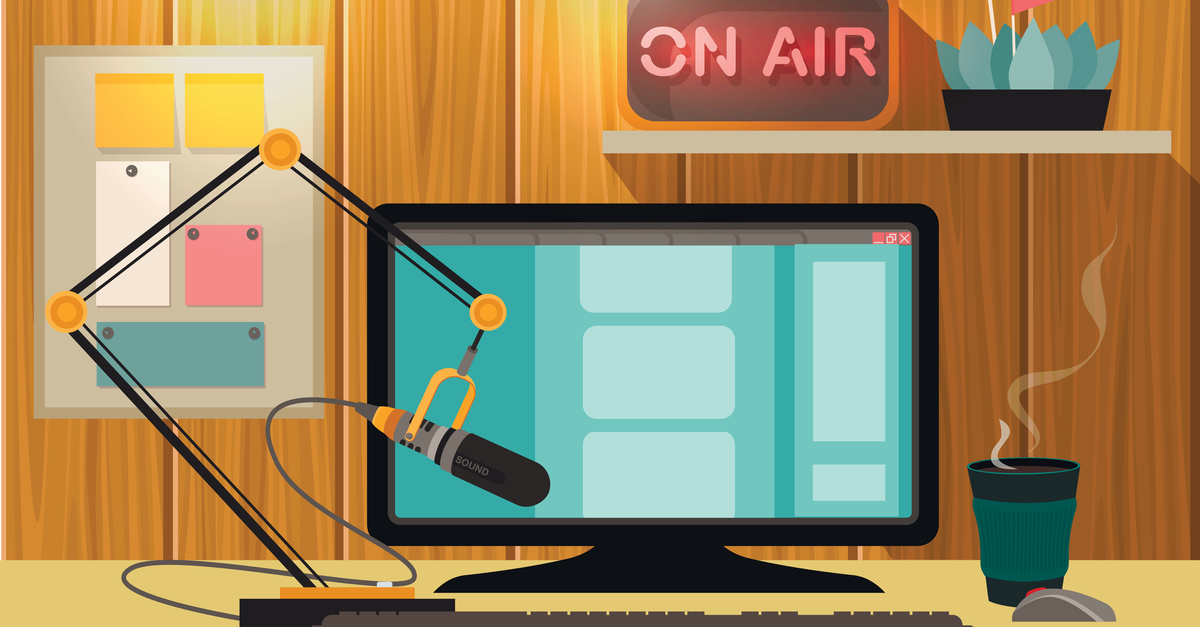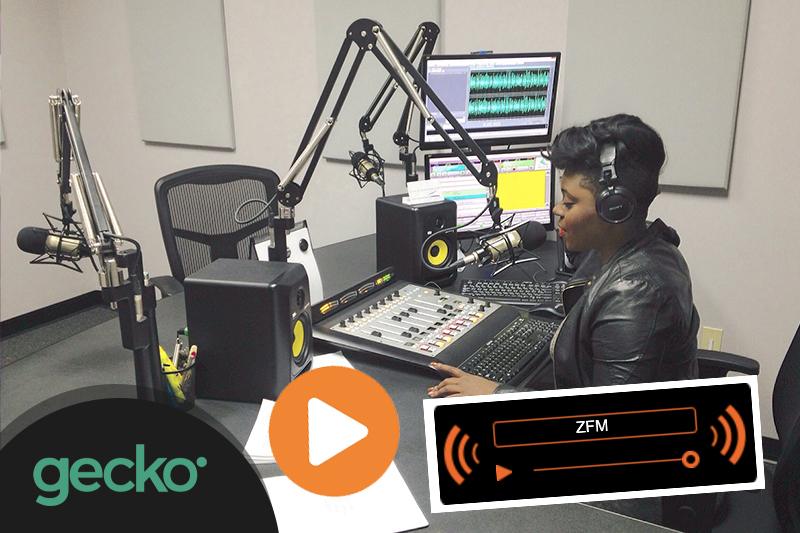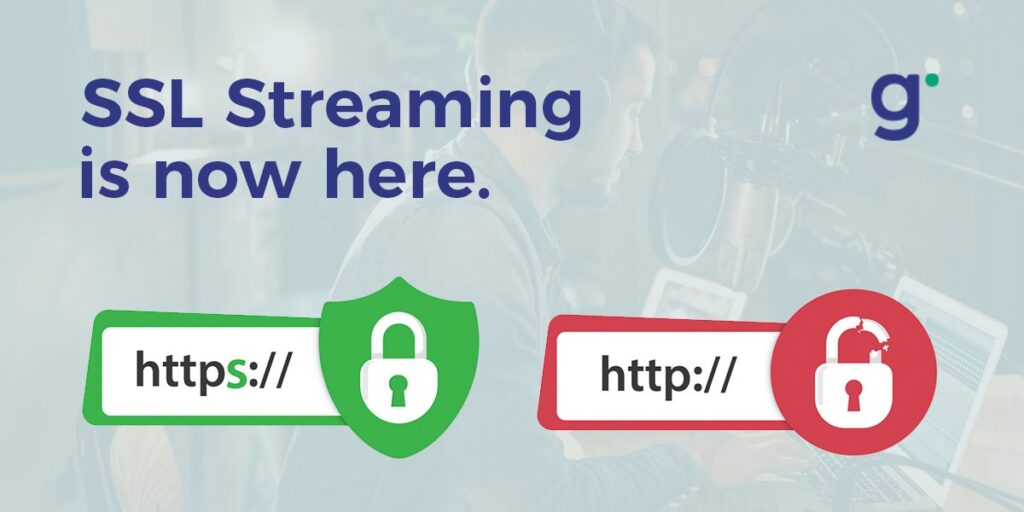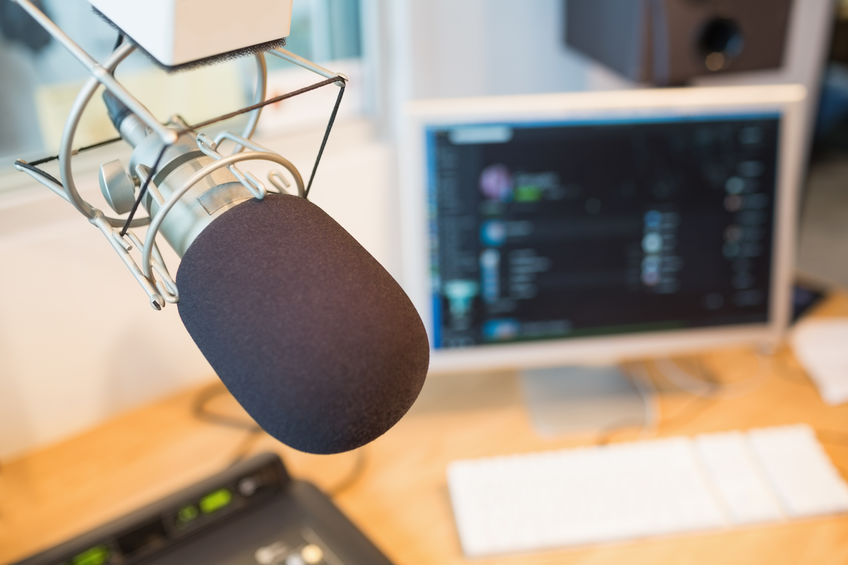
Radio has been around for well over a hundred years. This is a medium that’s always adapting and changing to keep up with culture and technology. Now that we’re in the age of the Internet, radio has taken on a whole new dimension. Below are the top ten digital tips and tricks from our experts that can go a long way toward making big improvements to your Internet radio station.
10. Stream in AAC Format
People listen to online radio in a variety of ways. This might mean their laptop, phone, TV, or car. The audio format and encoding of your radio stream need to be universally compatible. In general, the most widely accepted streaming formats are MP3 and AAC. “Advanced audio coding” is usually thought of as the successor to the MP3 format because AAC sounds better at lower bitrates.
When broadcasting AAC, you can produce a quality stream at 64 Kbps. With MP3, however, 128 Kbps is usually the standard. This is as cost-effective as it is mobile-friendly. Just remember that you can squeeze about twice the quality into the same bitrate using AAC instead of MP3.
Tip: MP3 stands for: “MPEG Audio Layer 3” or “Motion Picture Expert Group Audio Layer 3”
9. Encode for All Audiences
Encoding the audio bitrate, sample rate, and channels for an Internet radio broadcast is usually a compromise between available bandwidth and overall sound quality. On one hand, the higher the bitrate, the higher the quality of audio. On the other hand, the higher the bitrate, the higher the chances of buffering. Finding a balance for your mobile and fiber listeners may be easier said than done.
Tip: Test the stream on multiple devices and connections to find your station’s sweet spot.
8. Use a DJ Management Tool

Using the Centova Cast streaming control panel as a DJ management tool is the perfect way to give disc jockeys restricted access to your Internet radio station. Creating a DJ account permits you to limit his or her live broadcasting schedule. You can also set permissions to stop and start the stream or Auto DJ, view statistics, program playlists, and more. One of the best reasons for having DJ accounts is that it is possible to modify and configure each DJ’s privileges individually based upon trust and know-how.
Tip: Take back control of your Internet radio station from unruly DJs.
7. Embed a Web Radio Player

Embedding a free HTML5 radio player on your website makes an incredible addition to your online station that can improve both convenience and accessibility. Doing so will dramatically expand its functionality and listener engagement.
Tip: Gecko offers free radio player installation with all of our cheap Shoutcast and unlimited Icecast hosting plans.
6. Create a Custom Station Jingle
Why not add a catchy jingle for listeners to hear as they tune in to your station? It’s informative and familiar to repeat listeners. Start building your brand through the magic of radio imaging before the live broadcast even begins. Whether you come up with a jingle in-house or hire a professional to craft one for you, it’s imperative to maintain the same sound, tone, and overall consistency when recording.
Tip: Technically speaking, you must encode the jingle bitrate, sample rate, and channels (stereo or mono) to match the live online radio broadcast or errors may occur.
5. Submit to Streaming Radio Directories
Searchability is a crucial aspect of success for nearly everything these days, especially Internet radio stations. So, you’ll want to make sure listeners can find your station easily. To do this, you need to submit to as many streaming radio directories as possible. Places like TuneIn and StreamFinder, or Streema, for instance, which indexes over 70,000 radio stations. Unfortunately, getting listed in the SHOUTcast Directory, THE biggest radio directory, is not as easy as it once was and the Icecast directory is what it has always been, just ok. Still, both are free. And ultimately, it is going to be a combination of directory listings that helps build your audience.
4. Include ID3 Meta Tags
You definitely want to include ID3 meta tags in your audio files. This is the metadata containing the track title, album, and artist that is passed on to web radio players for display. Let your listeners know what’s playing as they listen. We recommend batch editing with Mp3Tag (which includes AAC editing). You can even insert cover art into your meta tags for more advanced playback displays. Do not overlook this commonly made mistake!
3. Make the Most of Auto DJ

Cutting in live over an automated broadcast can often prove to be a tough transition for any radio station, online or terrestrial. For one, it may confuse the listeners. Fortunately, an Internet radio station with Auto DJ makes shifting listeners between a scheduled playlist and live event or radio show seamless. Not to mention, it prevents downtime if or when a remote studio feed is lost.
Tip: Run Auto DJ in the background as an insurance policy to prevent dead air.
2. Enable HTTPS / SSL Streaming

SSL streaming has quickly become a necessity due to the fact that Chrome and the other major browsers no longer permit or support mixed content. For example, HTTP streaming links will NOT play on HTTPS pages, period. Mixed content can also cause unwanted browser warnings and disable the green lock icon in the browser’s address bar. Meanwhile, enabling HTTPS / SSL streaming will satisfy a larger audience and meet modern standards.
1. Invest in the Best Audio Gear

While all you really need is a PC and encoder to start an Internet radio station, investing in the best gear, such as mics, mixing boards, sound cards, and headphones can make a big difference from a production standpoint. Keep the following in mind when selecting equipment.
- -Choose headphones that are comfortable and have a long cable.
- -Purchase a quality microphone to improve sound and clarity.
- -Don’t skimp on the mixing board. It is the heartbeat of your station!
- -Listen on hi-fi and lo-fi speakers to balance EQ levels for all listeners.
Fine-tuning your Internet radio station is an ongoing project. Have fun with it. As technology evolves there will always be new ways to tweak and improve your station.
